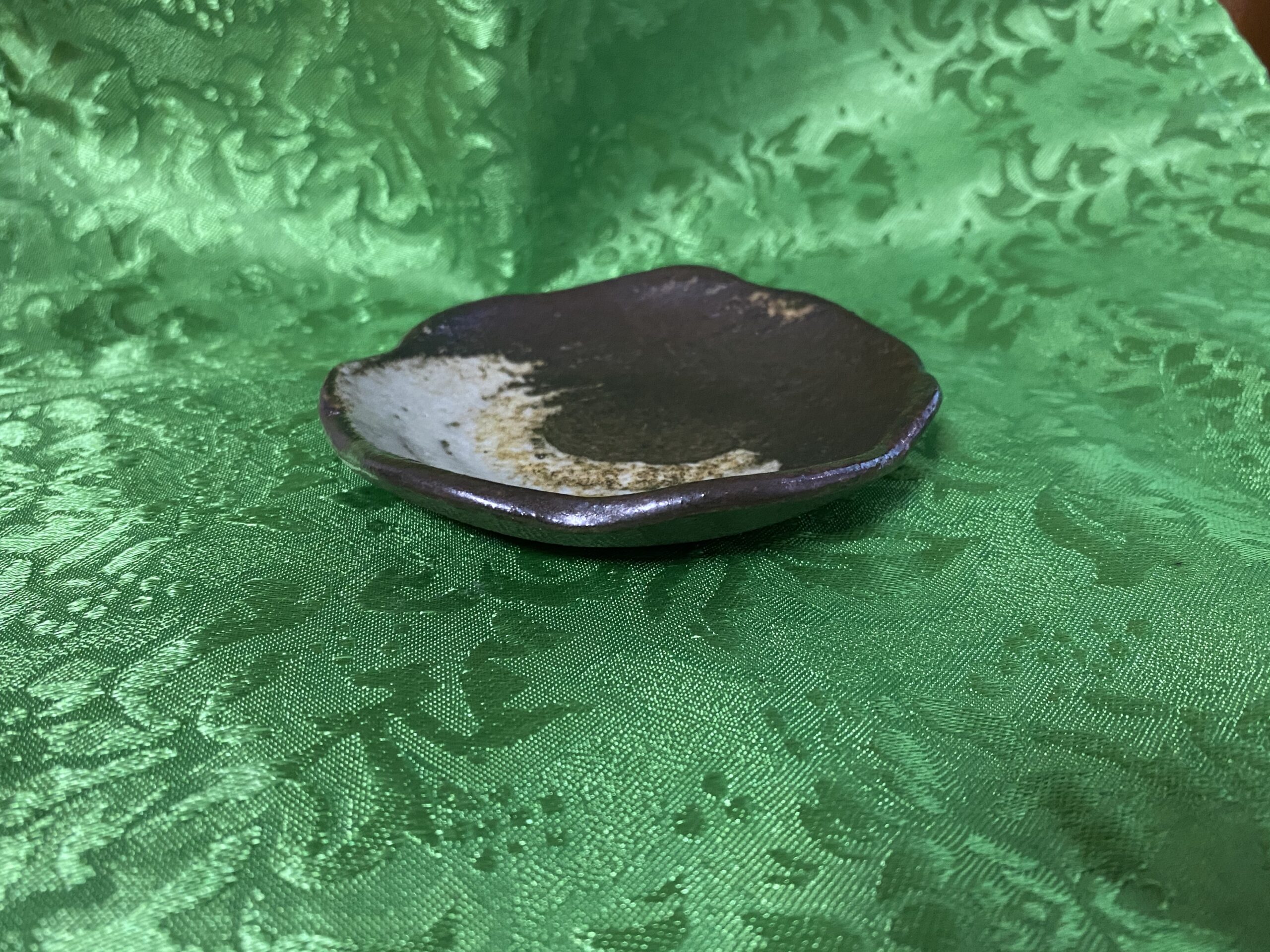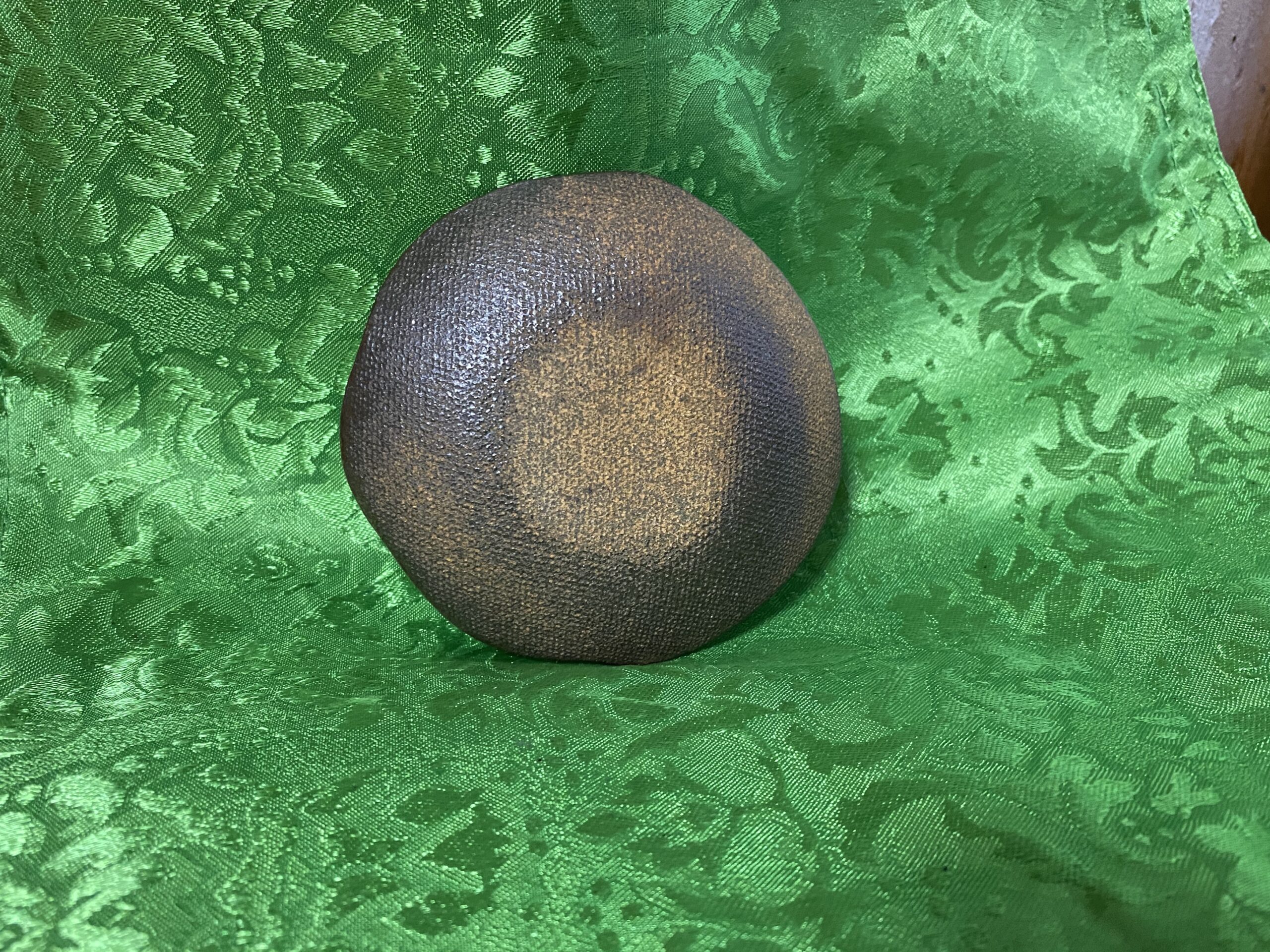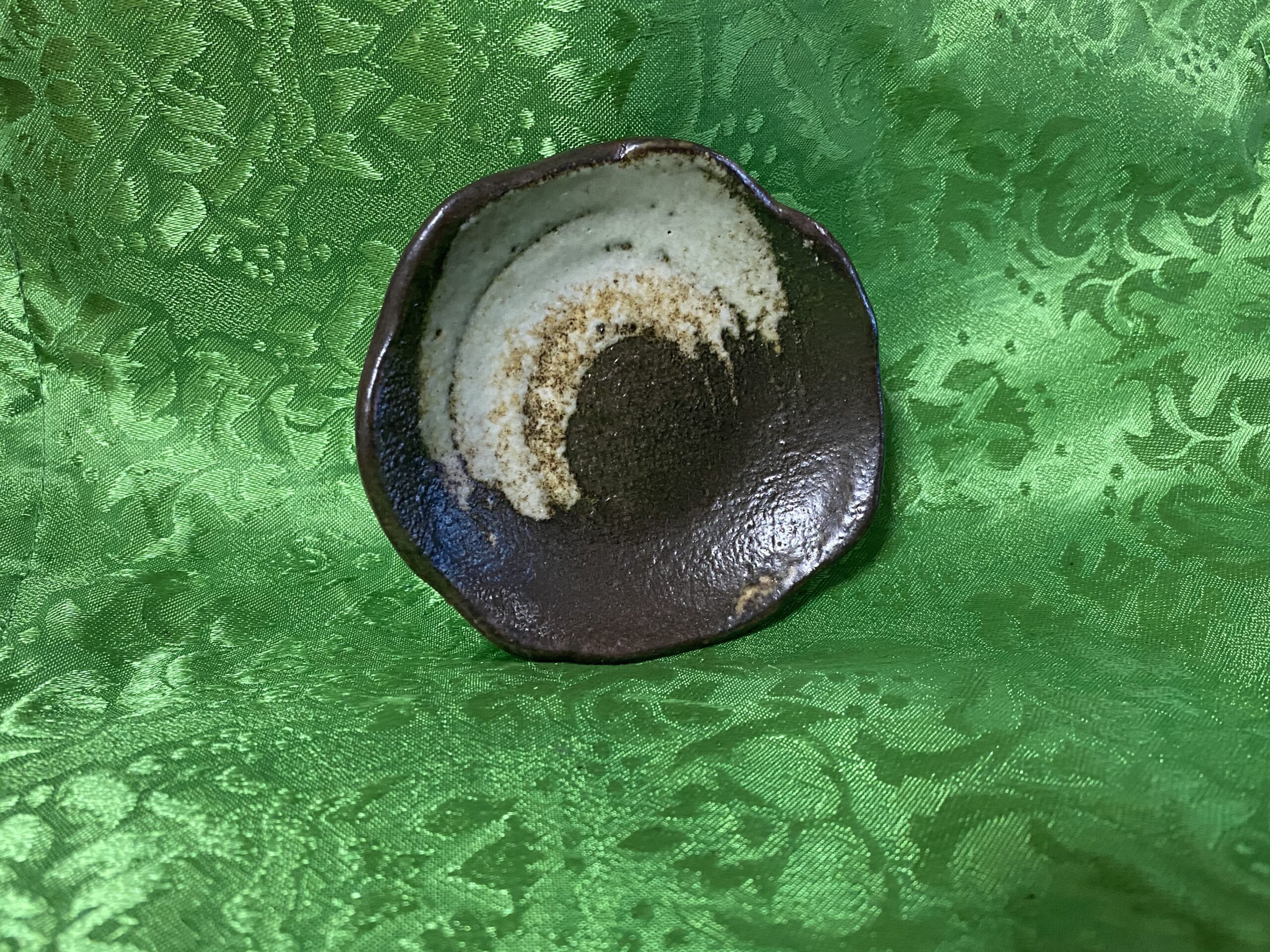Modern Handmade Japanese Ceramic Dishes Example #4: 9 ppm Lead + 5 ppm Cadmium. Safe by all standards.
July 24, 2021 – Saturday
Introduction:
Tamara Rubin is an independent advocate for consumer goods safety, and she is also a mother of Lead-poisoned children. She began testing consumer goods for toxicants in 2009, and was the parent-advocate responsible for finding Lead in the popular fidget spinner toys in 2017. She uses XRF testing (a scientific method used by the Consumer Product Safety Commission) to test consumer goods for metallic toxicants (including Lead, Cadmium, Mercury and Arsenic). To read more about the testing methodology employed for the test results reported on this blog, please click this link.
The test results of most of the consumer goods shared on this blog are from items that have been sent in by my readers for testing and reporting. I share them with you to help you make informed decisions for your family (so you can have an idea of what to look for [and what you might want to avoid] in making safer choices for your home.)
Reading #1.) XRF test results for the dish pictured – “white” glaze
60-second minimum test (repeated multiple times to confirm the results)
- Cadmium (Cd): 4 +/- 2 ppm
- Iron (Fe): 13,200 +/- 200 ppm
- Copper (Cu): 27 +/- 10 ppm
- Zinc (Zn): 7 +/- 4 ppm
- Tin (Sn): 6 +/- 3 ppm
- Barium (Ba): 224 +/- 13 ppm
- Platinum (Pt): 18 +/- 12 ppm
- Bismuth (Bi): 19 +/- 4 ppm
Reading #2.) XRF test results for the dish pictured – brown glaze
60-second minimum test (repeated multiple times to confirm the results)
- Iron (Fe): 20,800 +/- 300 ppm
- Zirconium (Zr): 244 +/- 6 ppm
- Barium (Ba): 181 +/- 15 ppm
- Bismuth (Bi): 16 +/- 4 ppm
Reading #3.) XRF test results for the dish pictured – unglazed back
60-second minimum test (repeated multiple times to confirm the results)
- Lead (Pb): 9 +/- 3 ppm
- Cadmium (Cd): 5 +/- 2 ppm
- Iron (Fe): 18,000 +/- 200 ppm
- Copper (Cu): 15 +/- 10 ppm
- Zinc (Zn): 10 +/- 4 ppm
- Zirconium (Zr): 287 +/- 5 ppm
- Indium (In): 5 +/- 3 ppm
- Barium (Ba): 228 +/- 13 ppm
- Platinum (Pt): 31 +/- 12 ppm
- Bismuth (Bi): 17 +/- 3 ppm
Some additional reading that might be of interest:
- The post discussing the testing methodology used on this website
- Post discussing how to send in an item for testing
- Things that you can test at home.
- Things that might be better tested with an XRF instrument.
- “Can I test things myself at home?”
Thanks for reading. Thank you for sharing my posts. As always, please let me know if you have any questions and I will do my best to answer them personally as soon as I have a moment (which may not be right away – but I will try!)
Tamara Rubin
#LeadSafeMama
Amazon links are affiliate links. If you purchase something after clicking on one of my links I may receive a percentage of what you spend – at no extra cost to you.

Never Miss an Important Article Again!
Join our Email List






Tamara, thank you for your lifesaving work. I’m afraid I’m going to have to get rid of most of my dishes even though I tried to make sure they were lead free.
I love anything that’s blue-green glazed ceramic, like the plates you’ve pictured, titled “Modern Handmade Japanese Ceramic Dishes Example #4”: 9 ppm Lead + 5 ppm Cadmium. Could you please tell me if/where I could buy them and also any other dishes that have translucent blue, blue green, and/or green glazes. I really appreciate your list of relatively inexpensive, lead-free dinnerware. But it’s all white and as an artist I really love color.
Thank you so much.
I’m so sorry – this was purchased in Japan! So items like this made for the Japanese market are much more likely to be safe than items made for the American Market. Is a trip to Japan in your future?
T
Have you read my overview article? That might be helpful.
https://tamararubin.com/2019/12/does-vintage-and-new-functional-pottery-and-dishware-have-unsafe-levels-of-lead-why-is-that-a-problem/
You can also search for “Lead-free” items on the website: